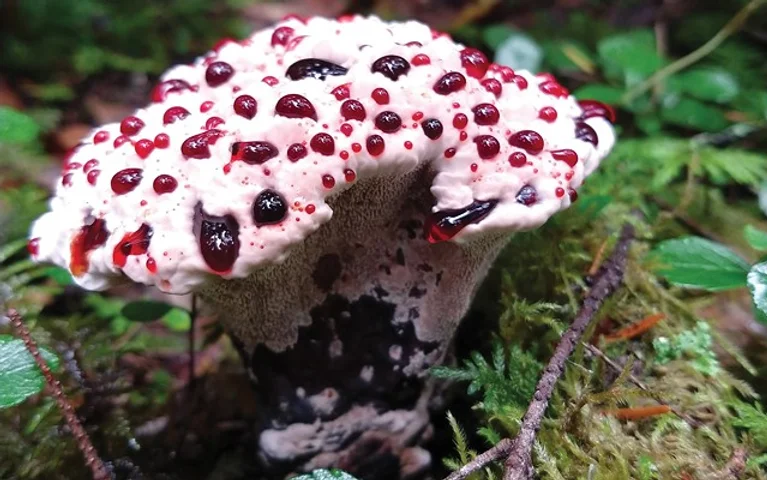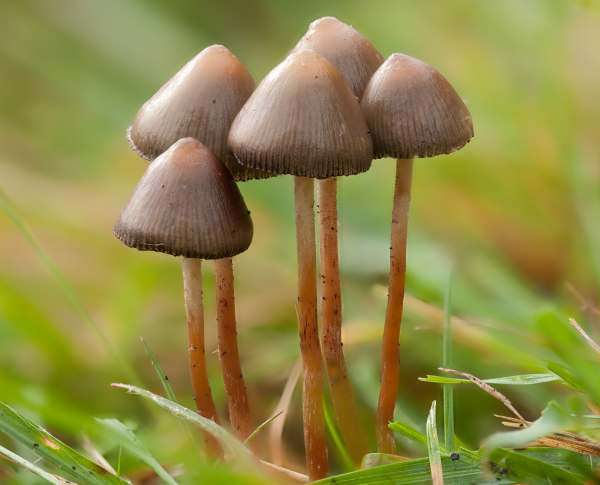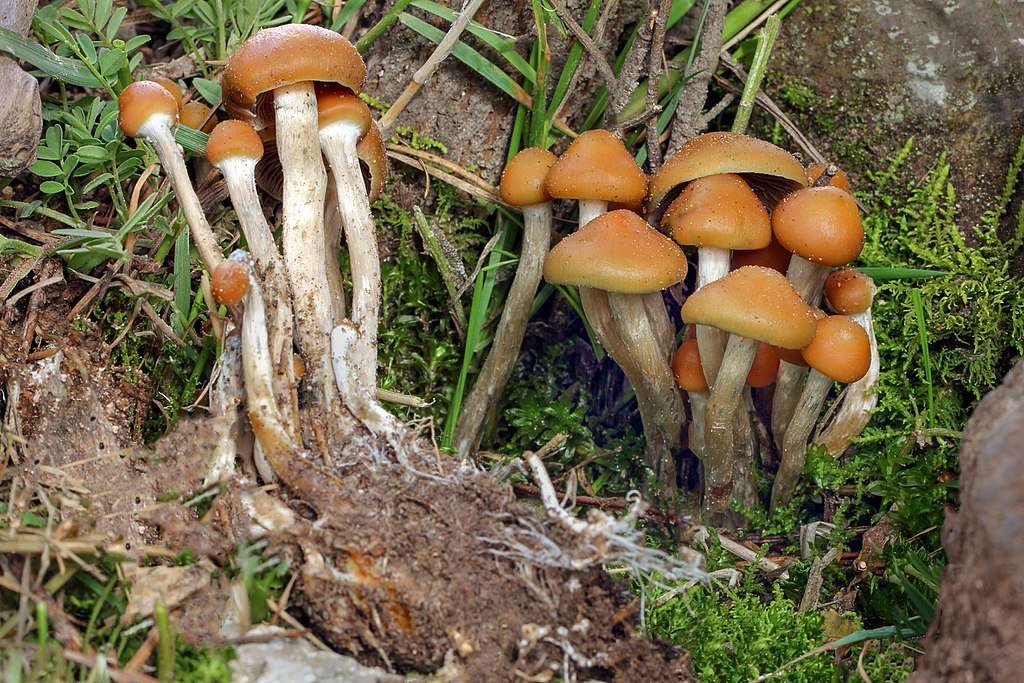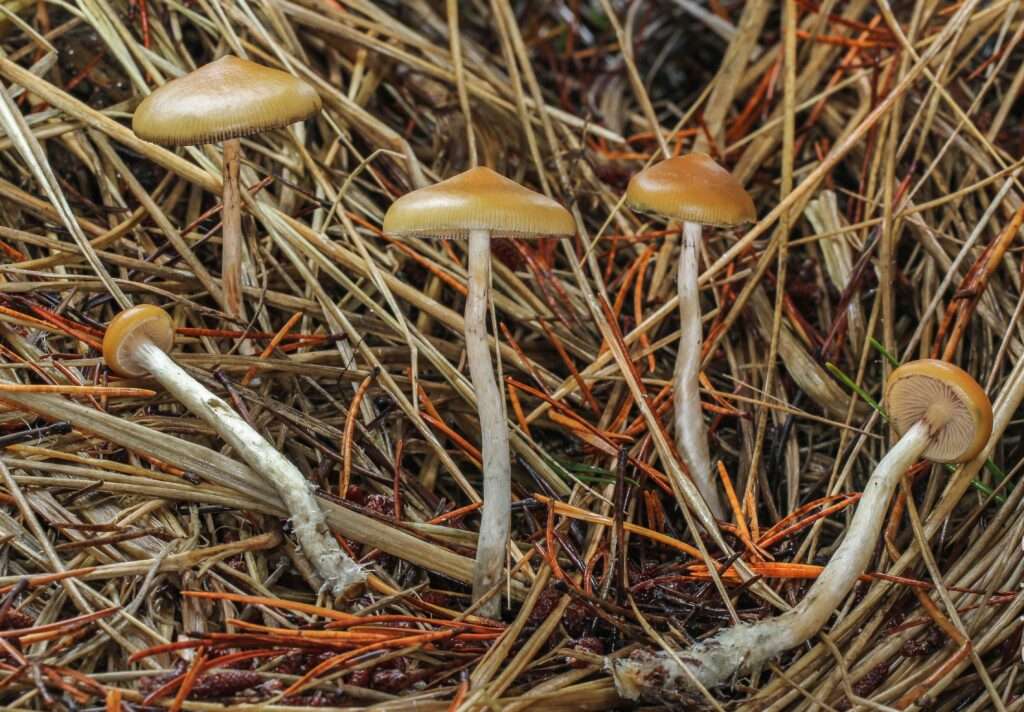
Scientific name
Hydnellum peckii
Description
The bleeding tooth mushroom is a freaky, weird, and edible mushroom. They are also named Devil’s tooth because of their appearance. They are about 10-11 cm in length and have light pink colored fruiting bodies that excrete out dark red colored droplets that are so similar in appearance to blood. When they get matured, they have convex-shaped, rough, and unevenly depressed fruiting bodies. Bleeding tooth mushrooms are covered with dense hair-like structures that give them a velvety texture. They are moist in texture because of the presence red colored striking fluids. Their stem is broad, short, and frequently malformed. It gets bulbous when it enters the ground and can root for many centimeters. These mushrooms are not considered to be the best choice as edible mushrooms as they are unpleasant, bitter, and peppery in taste.

Habitat
Bleeding tooth mushroom has a fruiting body that can be found growing alone, dispersed, or crowded together on the ground among conifers, commonly between many pine needles and mosses debris. They grow symbiotically on coniferous trees and are native to the regions of North America, Iran, Europe, and South Korea. They are found in forests, subalpine and hilly areas.
Uses/Importance
Fruit bodies bleeding tooth mushroom has been characterized as resembling “Pastries coated with strawberry jam”. Although their species are not dangerous, they are not very pleasant to eat due to their bad taste. They taste bitter and hot. This bitter flavor lingers even in its dried samples. When no reagent is used, the hues can range from beige to varying colors of blue and green based on the colorant utilized. The red sticky substance contains a bioactive compound called atromentin. This chemical compound is very efficient for anticoagulant activities. Their anticoagulant activity is so similar to Heparin. Atromentin is also responsible for antibacterial activities. It blocks the production of enoyl-acyl carrier protein reductase in the case of Streptococcus pneumoniae. Another molecule called thelephoric acid found in mushrooms may be beneficial in the management of Alzheimer’s disease.
Table





